
WHY WE THINK IT’S HEALTHY:
It’s fruit, a food group recommended by all nutrition experts for its vitamin, mineral and antioxidant content. Compared to fresh fruit, they’re more convenient to transport, preserve well and are a nutritious, delicious snack.
WHY IT’S NOT:
It’s not that dried fruit is unhealthy — it is a much wiser choice than the usual vending-machine fare. But it’s the stuff that manufacturers add to their dried fruit products that’s unhealthy. To preserve the fruit and prevent discoloration, some manufacturers add sulfur dioxide, a preservative that may cause severe reactions in some sensitive individuals. Sulfites have been implicated as a cause of asthma symptoms, including wheezing and difficulty breathing. If you’re allergic or sensitive to sulfur dioxide, stay away from dried fruits — they’re among the foods highest in sulfites, with raisins and prunes containing between 500 and 2,000 ppm. Organic dried fruits don’t have sulfites added, so if you’re concerned, you can usually find them in health food stores.
Some dried fruits, like cranberries, are sprayed with a sugar solution before drying. This dramatically increases their energy content. One cup of fresh cranberries has 44 calories, while a cup of dried, processed cranberries has roughly 360. Even without the added sugar, removing a fruit’s water content significantly increases its caloric content. A dried apricot, for example, is a fraction of the size of the fresh original, rendering it into something we can easily pig out on. If you’re trying to lose weight, eat dried fruits in moderation. Nutrition-wise, dried fruits lose some of their value during the drying process. Heat destroys vitamin C and can diminish the content of calcium, potassium, vitamin E, and some antioxidants. Stick to eating your fruit fresh — it’s more satiating, more nutritious and devoid of sulfites or sugar.

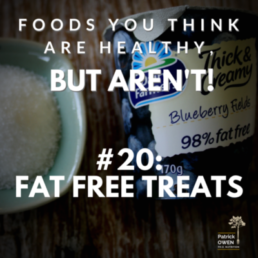
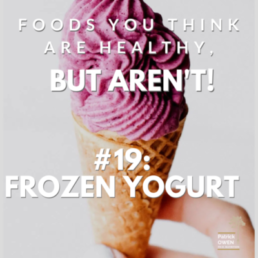

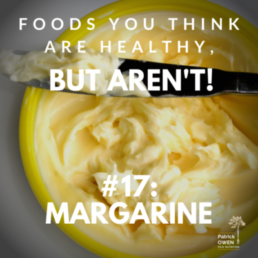
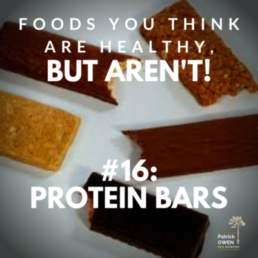
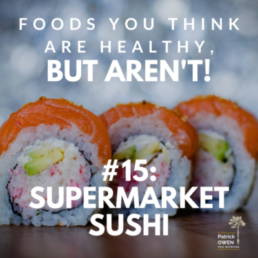
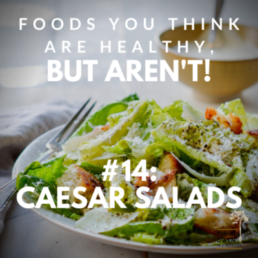


Nice & Good information about noni.
Create awareness through noni facts.
Thanks for the BLOG,It may help in future program..
FOR MORE CLICK BELOW LINK:
BEST NONI DRINK